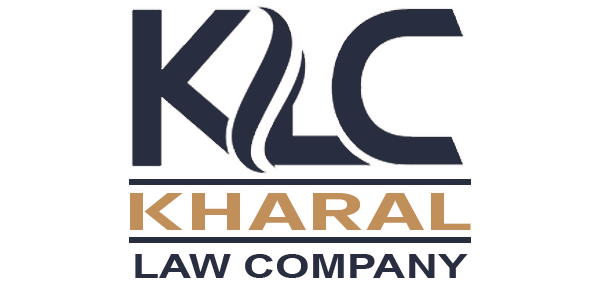Content
A profitability framework helps you assess the profitability of any company within a few minutes. It starts by looking at two simple variables and it drills down from there. This helps us identify in which part of the organization there is a profitability issue and strategize from there. Now that you know how an income statement works, you can use this knowledge to analyze real-world scenarios.
Vertical analysis shows each item on a financial statement as a percentage. An example of this would be the CIGS expressed as 35% of the total revenue. This type of analysis can be useful when comparing with other companies in the industry. All public companies are required to file a Form 10-K each year with the SEC and Form 10-Q each quarter which include the income statement and other financial documents and disclosures. It is useful to include in either form of presentation as many aggregated line items and subtotals as necessary to most clearly convey to the reader the financial performance of the reporting entity. Of the presentation methods just described, showing expenses by their nature is the simplest to account for, since it involves no allocations of expenses between segments of the business. However, showing expenses by their function makes it easier to determine where costs are consumed within an organization, and so contributes to the control of costs.
Common Income Statement Questions
Fixed-income analysts examine the components of income statements, past and projected, for information on companies’ abilities to make promised payments on their debt over the course of the business cycle. Corporate financial announcements frequently emphasize income statements more than the other financial statements.
Gross profit tells you your business’s profitability after considering direct costs but before accounting for overhead costs. Small businesses typically start producing income statements when a bank or investor wants to review the financial performance of their business to see how profitable they are. These “buckets” may be further divided into individual line items, depending on a company’s policy and the granularity of its income statement. For example, revenue is often split out by product line or company division, while expenses may be broken down into procurement costs, wages, rent, and interest paid on debt.
Earnings before income tax
While not present in all income statements, EBITDA stands for Earnings before Interest, Tax, Depreciation, and Amortization. Add your operating expenses – Once again, you’ll need to add up all the operating costs included in your trial balance report.
Because of this, horizontal analysis is important to investors and analysts. By conducting a horizontal analysis, you can tell what’s been driving an organization’s financial performance over the years and spot trends and growth patterns, line item by line item. Ultimately, horizontal analysis is used to identify trends over time—comparisons from Q1 to Q2, for example—instead of revealing how individual line items relate to others. Operating Income Before Depreciation and Amortization shows a company’s profitability in its core business operations. To understand the above formula with some real numbers, let’s assume that a fictitious sports merchandise business, which additionally provides training, is reporting its income statement for a recent hypothetical quarter.
Understanding how income statements work
See examples, find out why you need financial statements, and so much more. The purpose of income statements is to show the profitability of your business. Use the P&L to see whether you have a net income (yay!) or loss for the time https://www.wave-accounting.net/ period on the last line of your income statement. An income statement is a report of your business’s profits and losses over a specific period. You can use the income statement to summarize monthly, quarterly, or annual operations.
- An income statement helps business owners decide whether they can generate profit by increasing revenues, by decreasing costs, or both.
- Multi-step income statements separate operational revenues and expenses from non-operating ones.
- Our platform features short, highly produced videos of HBS faculty and guest business experts, interactive graphs and exercises, cold calls to keep you engaged, and opportunities to contribute to a vibrant online community.
- While these financial statements are different, both the income statement and balance sheet along with the cash flow statement are still linked and should be used together to determine a more holistic financial picture of a company.
- Find out what an income statement is, what are its purposes, and power up your business with an income statement template from QuickBooks.
- An income statement is one of the three important financial statements used for reporting a company’sfinancial performanceover a specific accounting period.
Unlike the income statement, it does not provide information on how much money the company has made or lost, it only provides the amount of debt, cash and other assets that the company owns at that point in time. As we can observe, the example above of the income statement is prepared using a Single-step statement of income approach reason being has listed its expenses in a significantly broad category. A single-step statement of Income only shows a single category of all income and a single category of all expenses.


